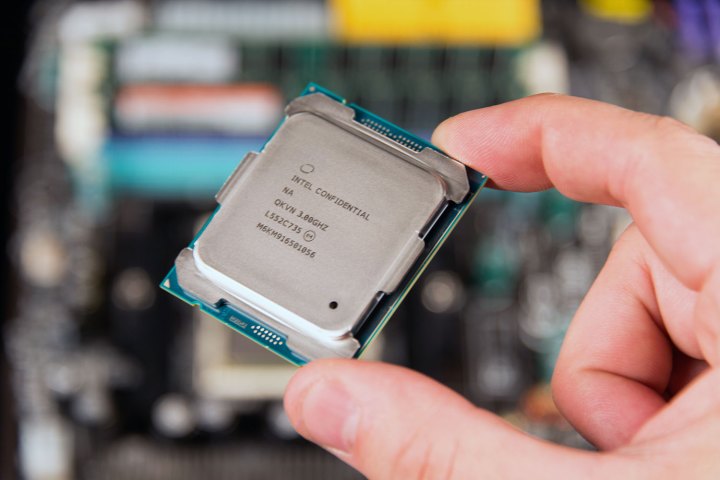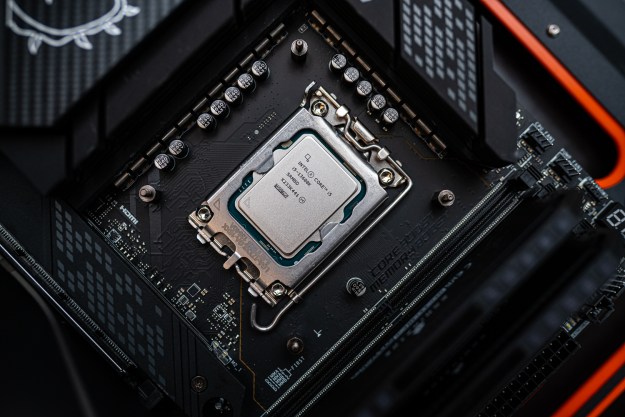
According to the rumor, the two Skylake-X chips will be compatible with the new R4 socket, aka LGA2066. Intel’s upcoming Kaby Lake-X processors, with four physical cores and a thermal envelope somewhere around 95 watts, will be compatible with this new socket as well.
The upcoming Kaby Lake PCH (Series 200) chipset is said to play nice with processors based on either the Skylake-X and Kaby Lake-X architectures. If true, that marks a departure from past high-end Intel chips, which have used a chipset different from mainstream options. Haswell-E and Broadwell-E, for example, work with the X99 chipset only.
As we just reported, the Series 200 chipset supposedly goes into quality sampling this August. The successor to the 100 Series, this chipset will support up to 10 USB 3.0 ports, up to six SATA 3 ports, and up to 24 PCI-e 3.0 lanes. Other features will include support for up to three 4X ports for PCI-e 3.0 drives, and support for Direct Media Interface (DMI) 3.0.
Formerly known as Skylake-E, the upcoming Skylake-X processor family will be based on a 14-nanometer process and target high-end desktop PCs. There’s belief that Skylake-X will also include chips consisting of eight or six cores as well, mirroring Broadwell-E’s launch just weeks ago.
To get a good idea of what Skylake-X aims to replace, the current Core i7-6950X Extreme Edition “Broadwell-E” processor consists of 10 cores and 20 threads, 25MB of L3 cache, a base clock speed of 3GHz, and a maximum Turbo clock speed of 4GHz. The chip supports up to 128GB of DDR4 memory clocked at 2,400MHz or 2,133MHz, and up to four memory channels. This processor costs between $1,723 and $1,743. Yeah, it’s crazy expensive.
There’s certainly a lot going on in regards to Intel’s processor roadmap. The company is expected to launch 2017 with its Kaby Lake-S processor family during CES 2017, in January. These chips are expected to go head to head with AMD’s Zen-based processors during the show, with AMD’s first chips based on Zen cores referred as “Summit Bridge.” AMD’s new chips will be compatible with its own upcoming AM4 processor socket.
Current rumors expect Intel’s Skylake-X and Kaby Lake-X processors to make their debut during Computex 2017 next June, just as Broadwell-E processors made their debut during the show earlier this month. Of course, a lot can happen between now and then, so there are no guarantees.
Editors' Recommendations
- A major era in Intel chip technology may be coming to an end
- Intel may have accidentally leaked the release date for Windows 12
- ASRock may have released a major leak about Intel Raptor Lake
- AMD Ryzen 9 7950X3D vs. Intel Core i9-13900K: only one choice for PC gamers
- CES 2023: Intel’s new 13th-gen CPUs are faster, cheaper, and more efficient


